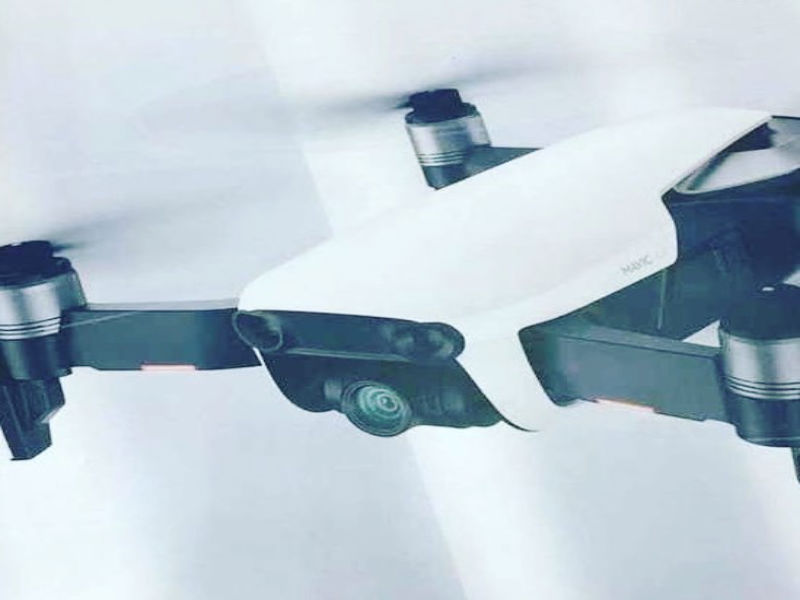The digital pressure manometer is an important device used in many different industries and for many different applications. Traditionally, a manometer is a device that often uses a column of liquid to measure pressure. Although manometers were initially mechanical, in modern times they have harnessed the advancements of the technological age utilizing a computerized digital design. These digital manometers are multi-dimensional devices that have eliminated the need for companies to own many different types of manometers.
Although not all digital manometers are the same, there are many different subtle nuances in design that can make certain models better suited for certain environments than others. If a company decides that they will require a pressure manometer for their work, they have a few important factors to consider before purchasing.
Ranges
Many digital pressure manometers come with different available ranges such as absolute, gage, and differential. Often times it’s important that companies have multiple range options, as certain ranges are better suited for certain applications.
Portability and Power
A digital pressure manometer can come in both portable and mountable versions. Additionally, some manometers can utilize multiple power sources in addition to a battery pack, such as an external D.C. power supply or an A.C. battery eliminator module.
Scaling Adjustments
Scaling Adjustments are also an important factor. Some manometers provide adjustments for single and dual operating modes, this allows for output display in any popular engineering or scientific pressure or flow units.
Other Features to Consider
There are many other important factors to consider when it comes to digital pressure manometers, including:
- Analog Output
- Operating Modes
- Front mounts, rear mounts, or top/bottom shelf mounting arrangements
- Temperature Range
- The material of contact surfaces (stainless steel is a popular choice)
The digital pressure manometer is used in a variety of industries for a multitude of different applications, such as test panel and test cell applications, pumps and hydraulic systems, pneumatic systems, engine and vehicle test stands, gas distribution, product/process control testing, fuel pressure, and emissions testing. Modern technology has eliminated the need for companies to own multiple manometers, with digital manometers capable of measuring pressure in multiple ways (absolute, gage, and differential) and scaling adjustments.
